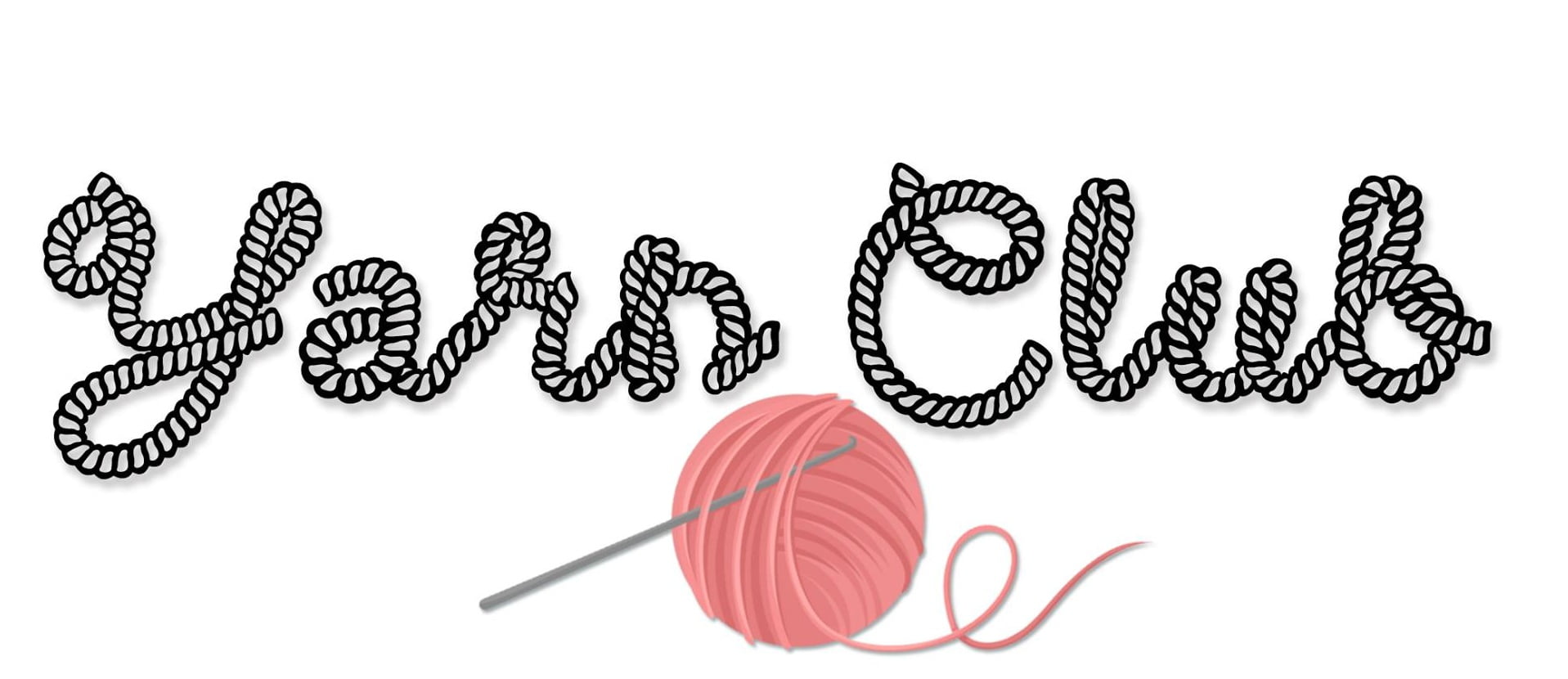When you first start to knit or crochet you can come across many unfamiliar terms. One of the most confusing can be “ply” or “weight”. These terms both refer to the thickness of your yarn strand. Traditionally ply described the number of threads used to make up the yarn strand. So if you unwound the end of a 4 ply strand you would have 4 threads, and there would be 8 threads in and 8 ply yarn. Ply is a term used often in NZ and Australia.
This is where weight comes in. Modern manufacturing processes permit yarn to be made using differing techniques and fibres, resulting in different thicknesses with many or few threads to a strand.
2 ply and 3 ply also called lace weight.For a superfine garment, in stocking stitch you would use a 2.00mm knitting needles, but this yarn is more commonly used to make lovely lace pieces like shawls. Lace can be knit on almost any size needle and give a truly wonderful finish. Patterns for this yarn weight an be quite challenging and are not always for the fain hearted.
4 ply and 5 ply also called sock yarn, baby yarn. The construction of these yarns is a little different. Sock yarn often contains a little nylon to give a sock additional structure. This is often used to make fabulous shawls or hats, and the dyes are often random colours. Self striping yarns will knit up as stripes or fair isle. Baby wool is often machine washable, and soft enough of course, for a baby. And then there are other 4 ply yarns, whih might be suitable for socks or babies, but also make very nice clothing. Usually 3.00mm to 3.75mm knitting needles are used for these yarns.
8 ply, double knit (DK). 3.75 – 4.00 are the needles you would expect to use for this commonly used yarn. Almost anything can be made using 8ply., from hats and handbags, to thick socks, coats and jumpers. Lace cables and stocking stitch will all give a good result.
10 ply and 12 ply, aran, worsted, chunky. There are a wide range of lovely patterns available which use 5.50mm needles. This yarn weight is becoming more popular even in warmer climates now, for smaller, stylish accessories with a unique touch.
14 ply to 20 ply, chunky or superchunky. Using 7.00 mm needles, and upwards, there are even chunky yarns suitable for arm knitting. These are worth trying if you are looking for a little extra challenge.
Yarn weights explained: a tutorial on learning how to figure out yarn weight using the WPI (wraps per inch) method!
We all have mystery balls, skeins, and oddments of yarn hidden amidst our stashes. Sometimes you rediscover the perfect yarn, only to realise that you lost the label, and you have no memory of purchasing it. It’s now officially a Mystery Yarn.
Instead of endless swatching to try to suss out what its classification is, we like the WPI (wraps per inch) method. It was developed as an industry standard, which is helpful when considering regional differences in how yarn is classified.
Important: you should still knit a swatch before starting a garment project, especially when using super chunky yarns!
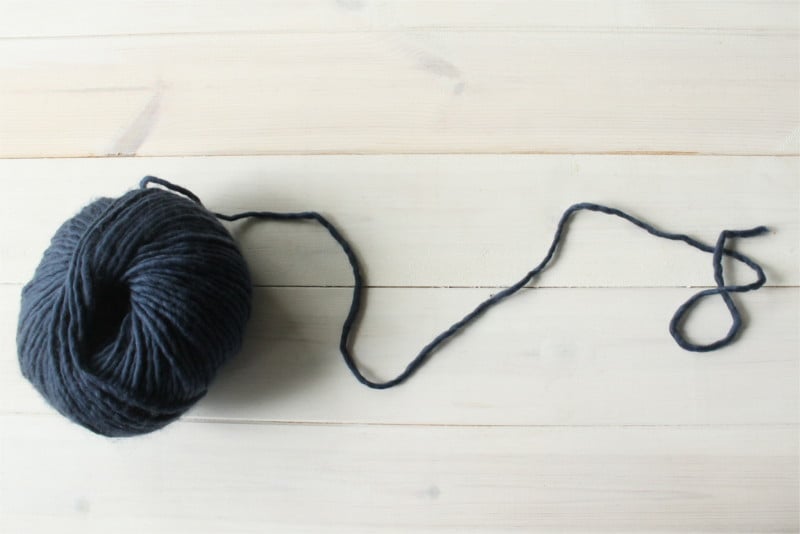
Another important note: plies used to determine the thickness of a yarn, but with the advent of more modern spinning techniques and fibres, this is no longer an accurate way to determine a yarn’s weight.
To achieve this, you’re going to need a few things we can almost guarantee you already have hanging around your stash. The Mystery Yarn, a tape measure or ruler, and a pencil (or knitting needle, the circumference doesn’t matter).
Wondering why the circumference doesn’t matter? It’s because we are studying the thickness of the yarn, which isn’t affected by the width of whatever tool you are using.
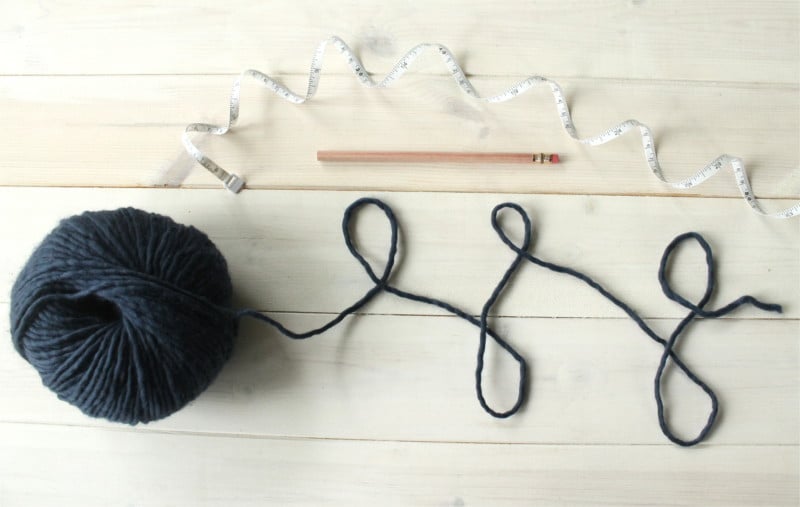
First off, have a look at the table below. It includes US and UK classifications for yarn weights and the industry standard classifications for each weight.
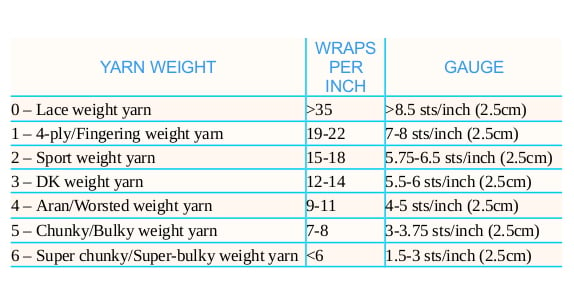
As you can see, anything less than 6 wraps per inch (or 2.5cm) is classified as a super chunky or super bulky yarn. That makes for quite a wide range in yarns, which is why it’s very important to consider other factors when looking for a substitute yarn, like tension and metres per ball or skein.
To figure out your wraps per inch, you’re going to wrap the yarn around your pencil. You will wrap about 2 inches (5cm) up the pencil to get an accurate measurement. Make sure you don’t pull the yarn too tight or squish it down, as that will impact your measurement.
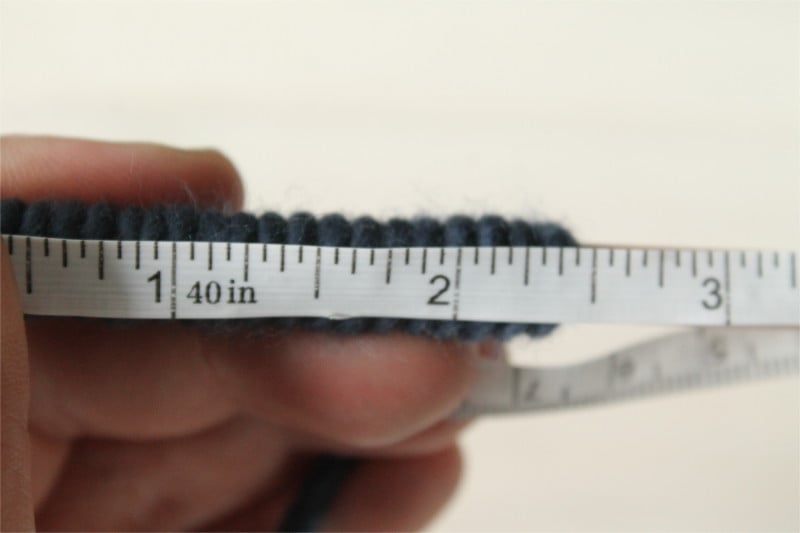
Our Mystery Yarn has about 8-9 wraps per inch. That would make it a slightly heavier aran, or a lighter chunky weight yarn. It’s not uncommon for some yarns to sit on the cusp of two weights; these guidelines are meant to help you get an idea of what you have. Once you choose a project for your yarn, you’ll need to knit a tension swatch to check for that.
Tension is important because a tight knitter might find that this slightly chunky yarn works up perfect for an aran weight pattern, whereas a loose knitter may find that it’s far too big. If you want to learn more about tension, read our blog post on it!
